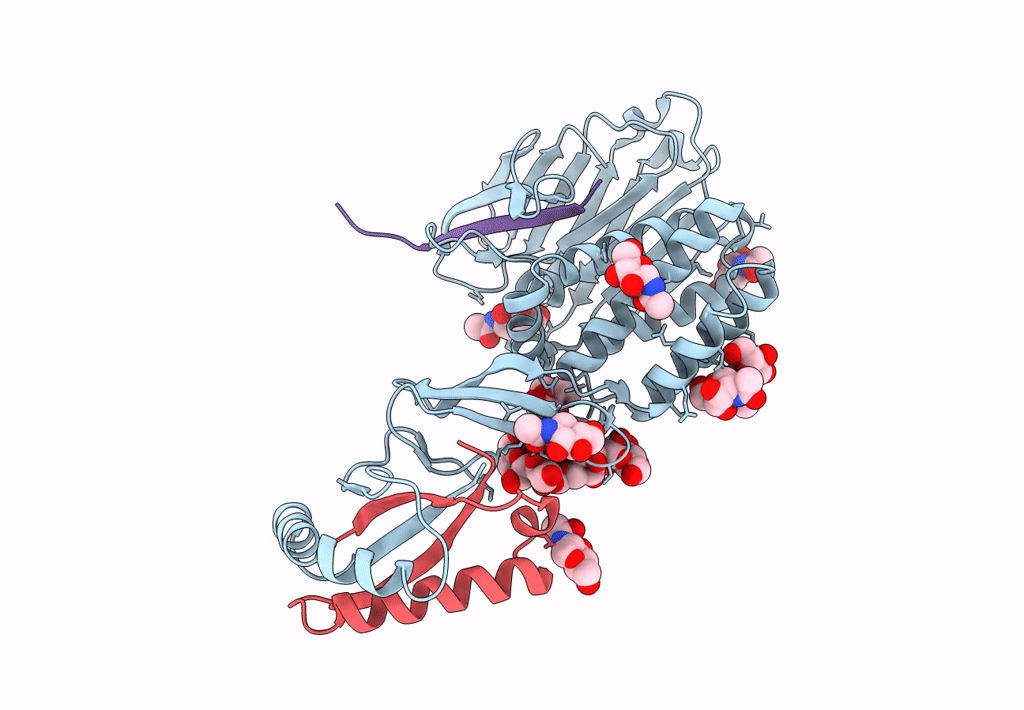
Deposition Date
2022-11-01
Release Date
2023-09-13
Last Version Date
2024-10-30
Entry Detail
PDB ID:
8HC0
Keywords:
Title:
Crystal structure of the extracellular domains of GPR110
Biological Source:
Source Organism:
Homo sapiens (Taxon ID: 9606)
Host Organism:
Method Details:
Experimental Method:
Resolution:
2.90 Å
R-Value Free:
0.29
R-Value Work:
0.23
R-Value Observed:
0.23
Space Group:
C 1 2 1


